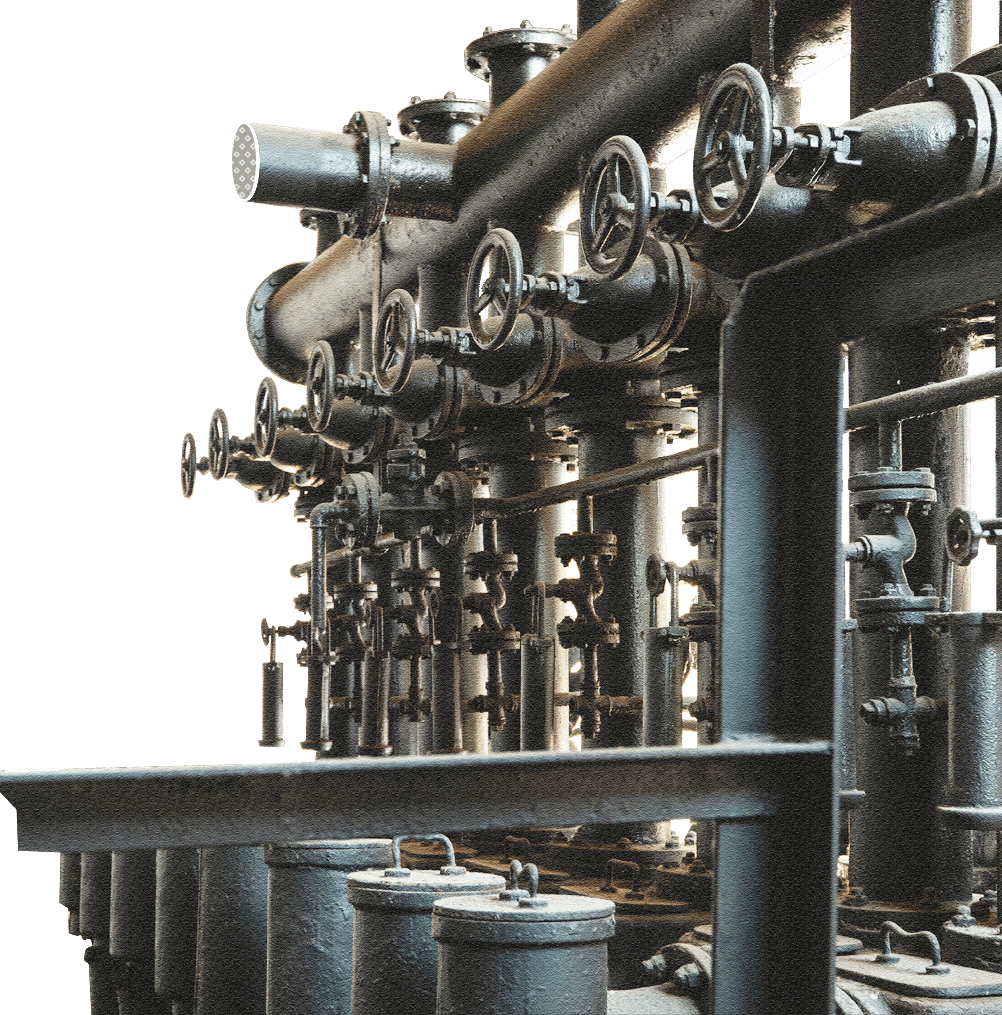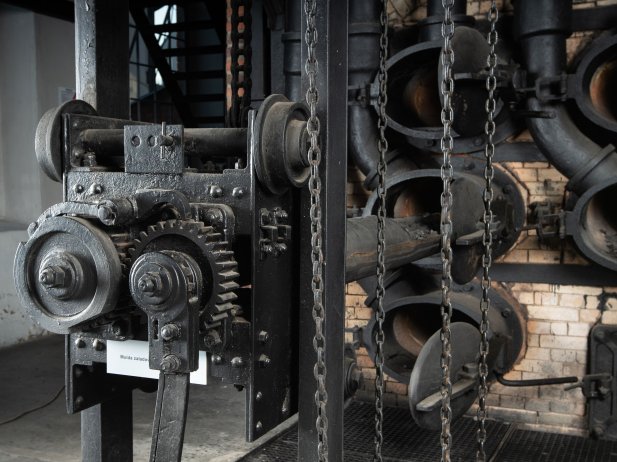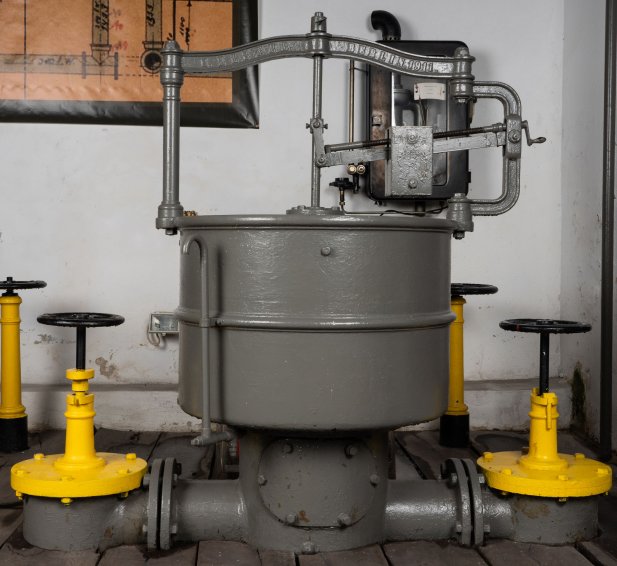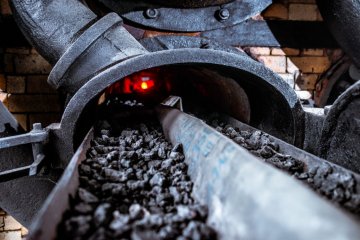

Remarkable coal gas
Fans of strolling around a park illuminated with gas lamps or those who enjoyed taking long baths topped up with hot water from a gas heater did not ask themselves such questions. Gas was part of their everyday life, and the processes taking place in the gasworks would only make them feel apprehensive! A gas plant is a place where elemental forces clash on a continuous basis. The energy of fire colliding with water releases forces that have been hidden in the depths of the Earth for thousands of years.
A traditional gasworks, such as the one in Paczków, operated based on the coal carbonization process. Heated at a high temperature and in the absence of air, the coal was transformed into gas. Once cleaned from other hazardous by-products of this process, the gas was then used to illuminate streets and heat residential buildings.
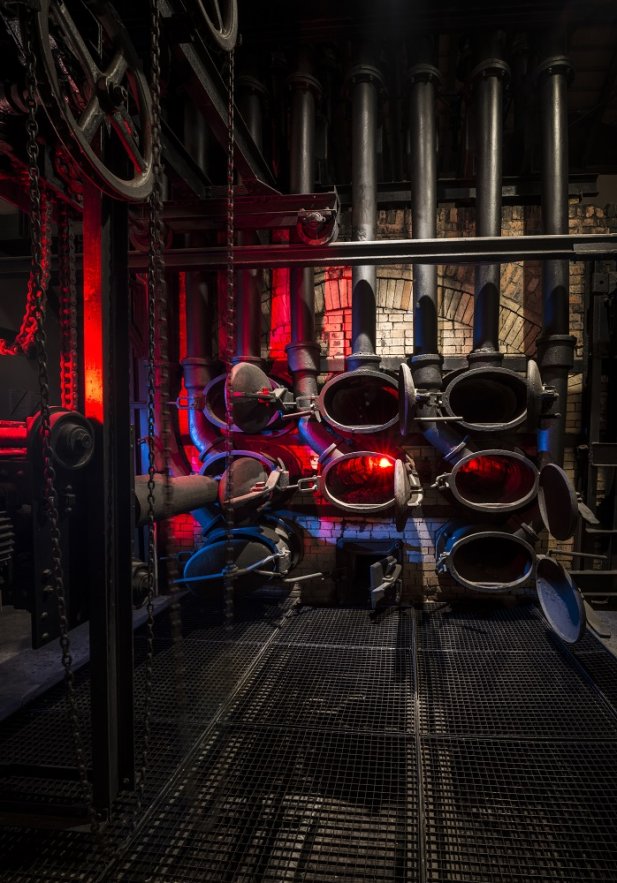

How did traditional gasworks use to operate?
Before they were replaced by electricity and other safer ways of sourcing gas, gas plants were like the metro – they were a sign that the city supplied by them was modern and prosperous. Just like the metro, gasworks also hid from their users their extensive gas networks.
Today, traditional gasworks are only a memory, and the last remaining gas lanterns make us feel sentimental. However, reading about the hidden life of these beasts born of the industrial revolution may tell us how mankind has learnt to tame the elements and use this force for its own purposes.
Read on to find out how traditional gasworks once operated and what it took to generate gas from coal.
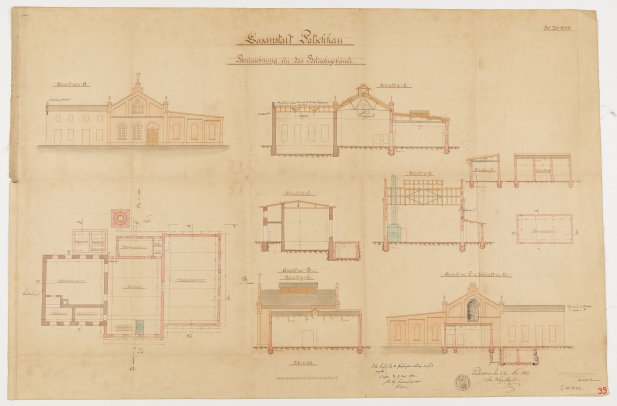
Survey drawing of the production facilities of the gasworks in Paczków
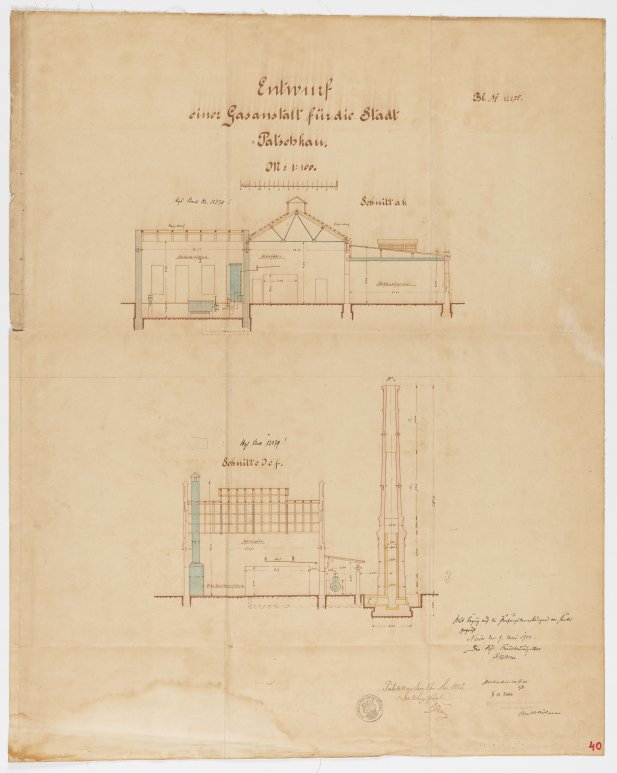
Design plan of the process buildings of the gasworks in Paczków
Horizontal retort furnace
Gas was born in the belly of a retort furnace. This was where bituminous coal relinquished its gaseous soul, when heated to infernal temperatures exceeding 1000 degrees Celsius. The retort furnace was also a starting point for the gas embarking on a long journey. In subsequent stages, the gas became cooler and cleaner, to finally reach the kitchen and heat the water in the radiators. The furnace is, therefore, the “heart” of the gasworks and the starting point for the gas travelling through the “bloodstream” of the gas network. The furnace consists of a retort – where the coal was loaded into and then heated, the generator – where the combustion of coke took place, and a receiver that sucked the gas from the retort.
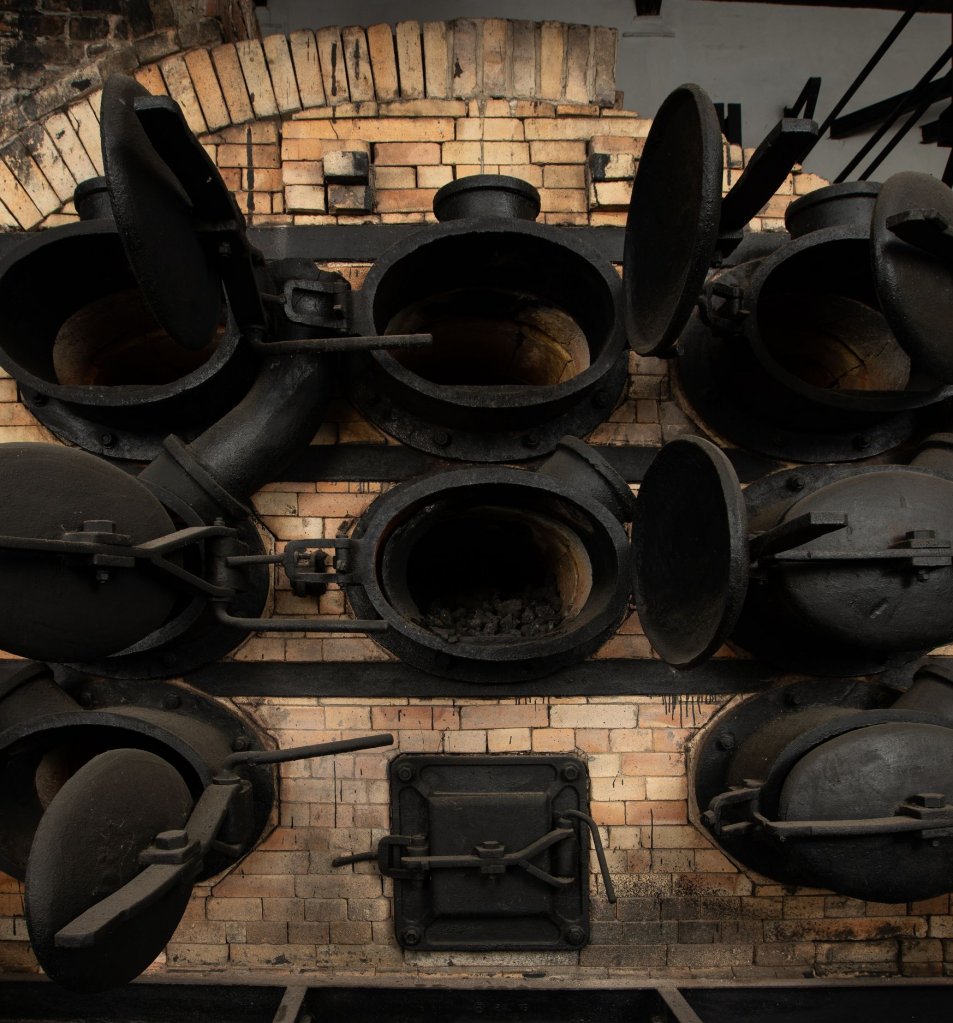

Generator
Like in a hellish crucible, the elements clash in the generator to release the coal’s gaseous soul.
The gas comes from the remains of ancient forests and animals and has been trapped in the coal for millions of years. To release this invisible energy, the infernal temperature of over 1000 degrees Celsius is needed. This is where the generator comes in. On the separation of gas, coal transforms into coke. The coke is burned off on the generator’s moving grate. When the coke burns, water can be poured on it. Its temperature is so high that it will not go out, but instead it will release the rest of its gas, which will also be used in the generator.
Retort
The gaseous soul is released from coal in an enclosed space in the presence of infernal heat and vacuum.
The retort is a four-metre tunnel made of refractory materials, locked with a heavy door fitted with a twist-lock mechanism. It holds up to 200 kg of coal, which is heated to 1200 degrees Celsius. The coal carbonization process takes place in the absence of air, that is why there is vacuum in the retort. Gas is released from coal only under such extreme conditions.
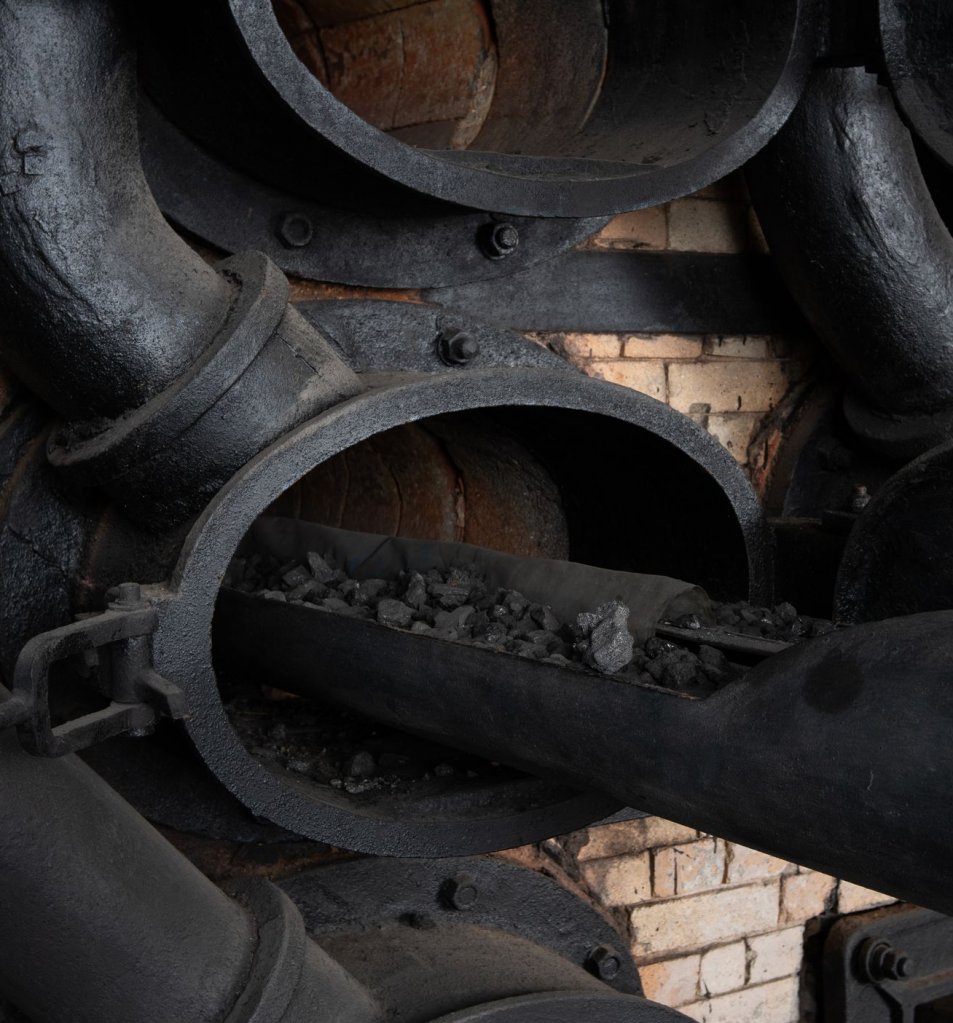
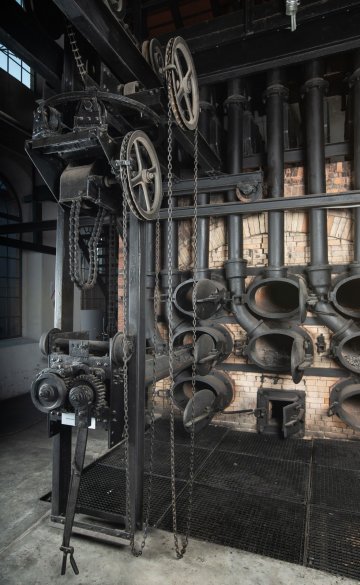

Charging machine
The coal in the belly of the furnace had to be distributed accurately and evenly.
Feeding the furnace was backbreaking and dangerous work. As a result, with time, people were replaced with special machinery – screw conveyors or charging machines. They distributed the coal in retorts by means of feeders resembling long spoons.
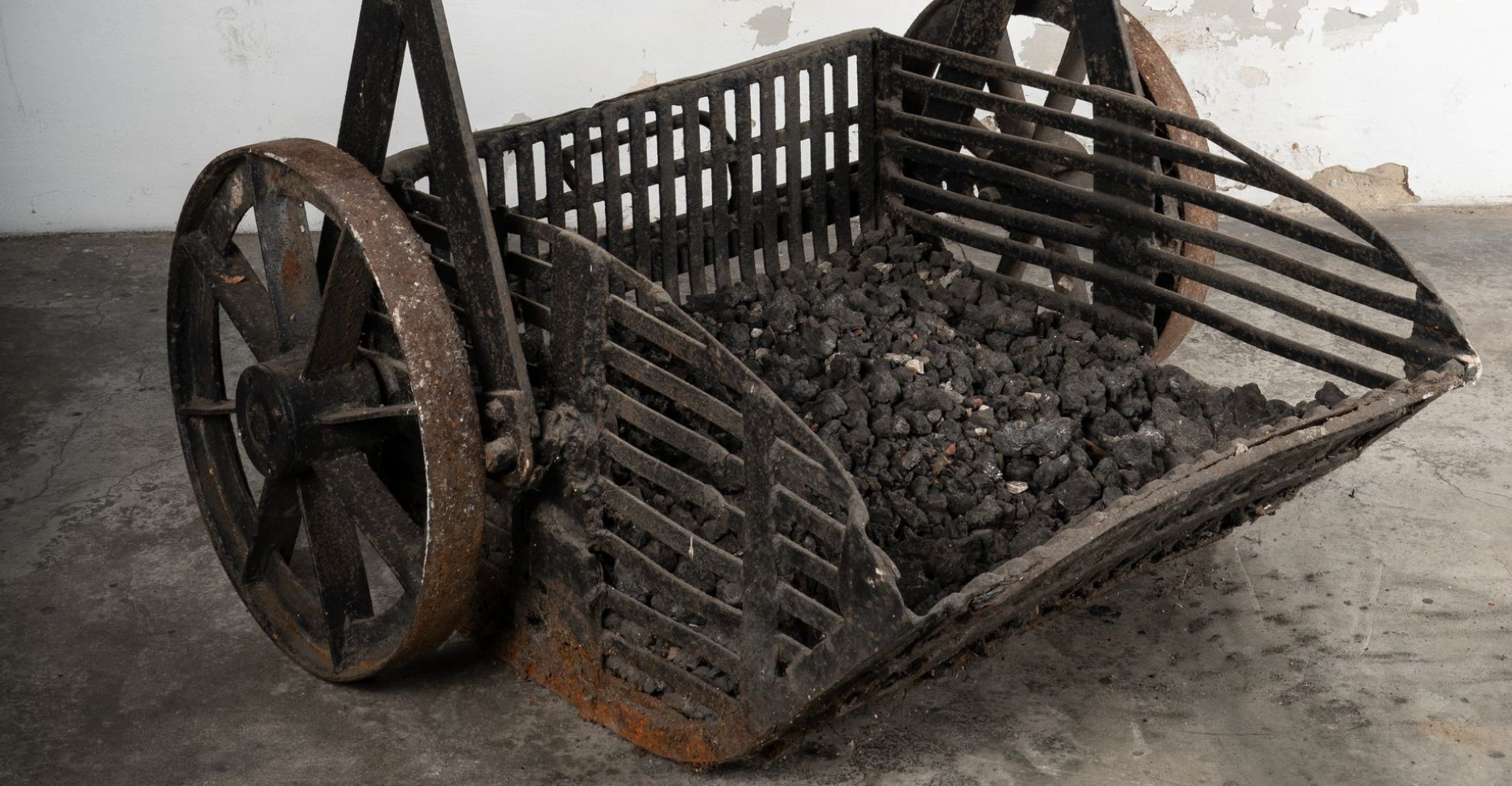
Coke barrow
Once processed in retort furnaces, coal turned into coke. While still hot, coke left the belly of the furnace loaded on coke barrows. The scorching hot coke was then extinguished.
Gas suction pump
Gas was generated in the furnace, but it still had a long way to travel. Before it reached the gas network, it had to first pass through scrubbers, filters and coolers. This process was aided by a device fitted with a rotating drive shaft provided with valves. This device was the gas suction pump which generated the pressure required to push the gas through the cleaning equipment and into the storage tank.
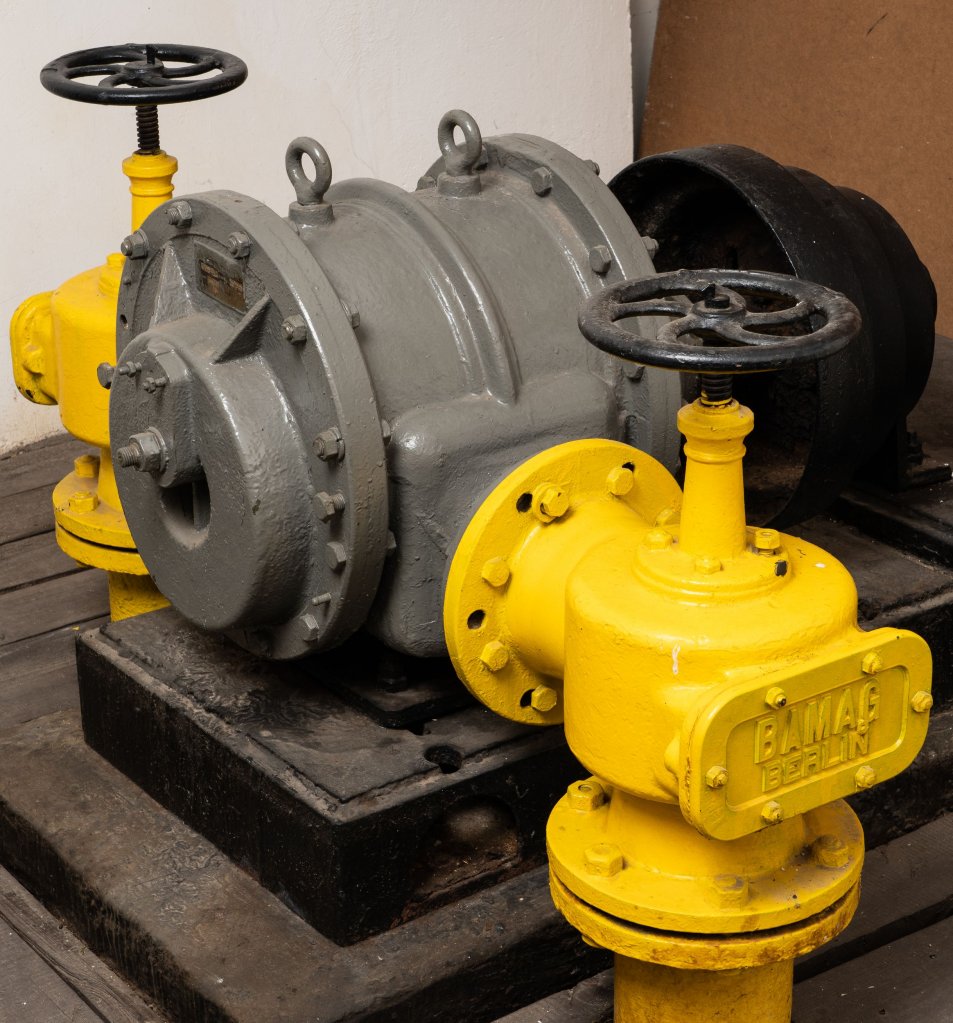
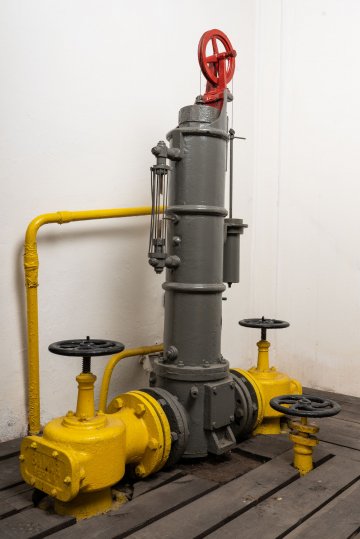

Gas suction regulator
The difficult task of gas pressure adjustment was assigned to a simple yet ingenious device. The gas suction regulator consisted of a cast-iron cylindrical body, a metal bell and a mushroom-like head. The element was equipped with a system of levers and counterweights, which enabled the head to move within its seat. The wider the opening, the lower the suction and vice versa.
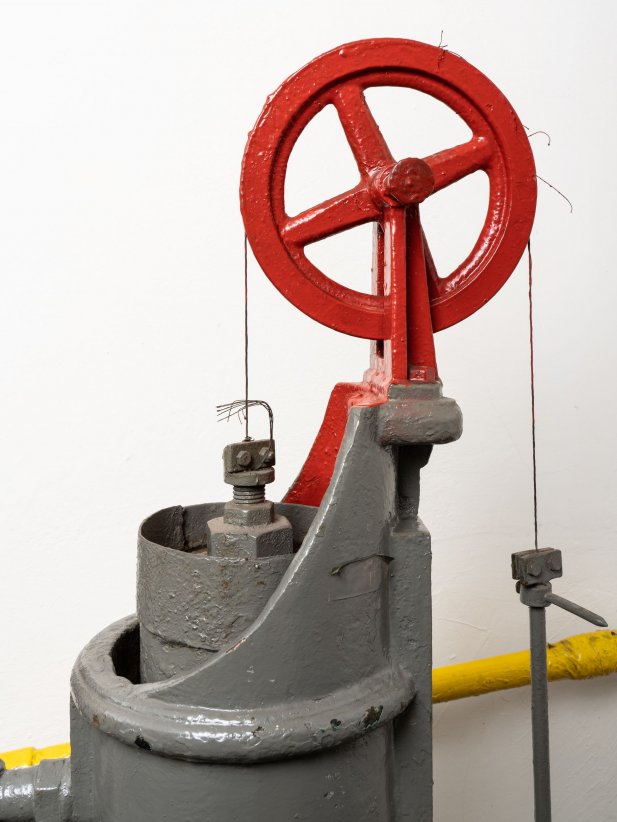
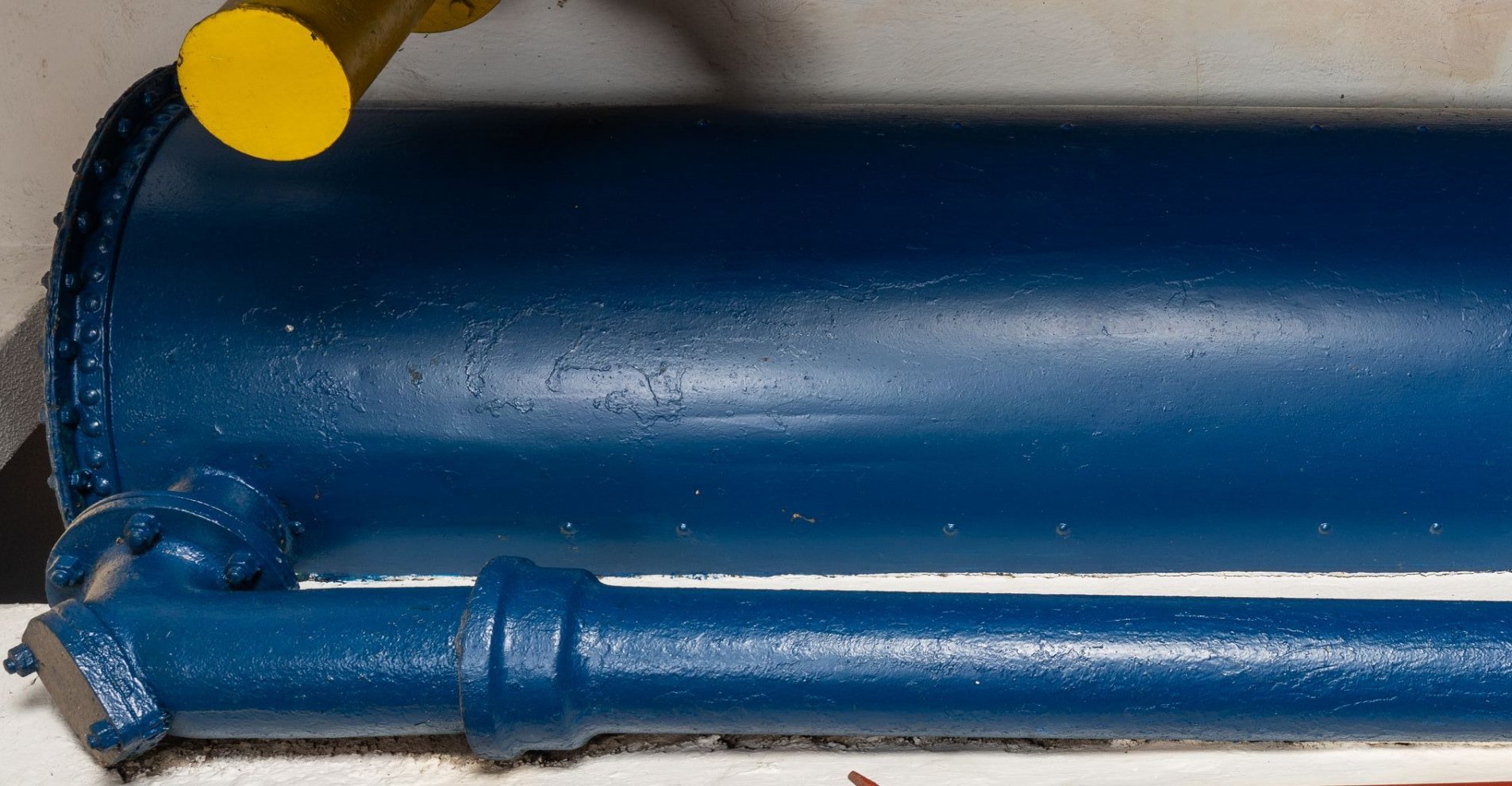
Aerial cooler
After being born in the furnace, the still hot and contaminated gas was able to cool off in an aerial cooler. In only a few moments, the temperature of the gas reduced from 100 to approximately 20 degrees Celsius. The worst contaminants are isolated as a result of this process – naphthalene crystallises and tar thickens. Now the gas is ready for further purification.
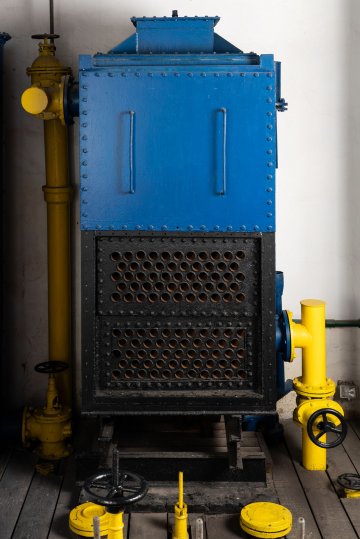

Water gas cooler
The raw and contaminated gas enters the thicket of tubes which carry water. This solution quickly reduces the temperature of the gas and causes the first contaminants to be isolated – ammonia water and tar. This device is a water gas cooler, which is prone to mechanical failure, despite being perfectly suited to its purpose. This installation is susceptible to corrosion because it is heavily exposed to water and gaseous pollutants.
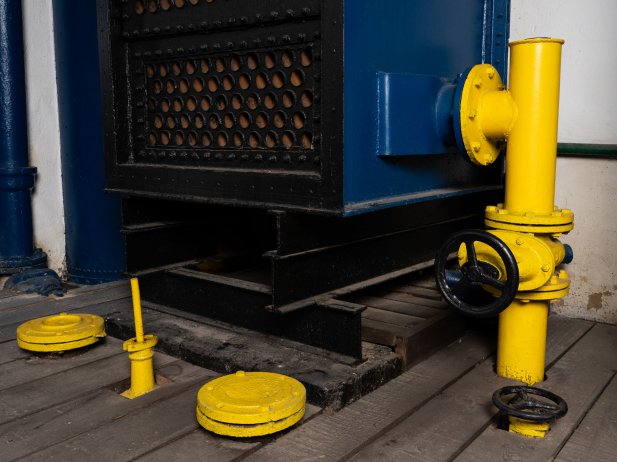
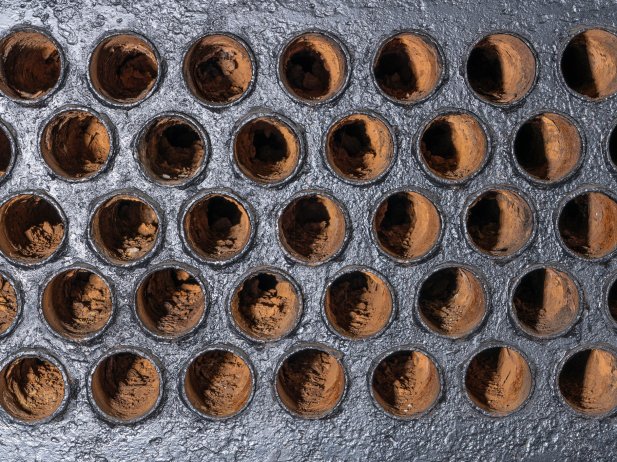
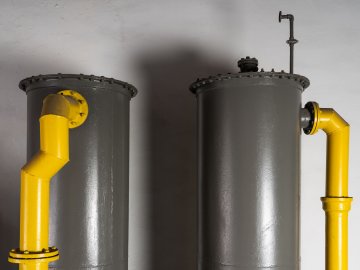
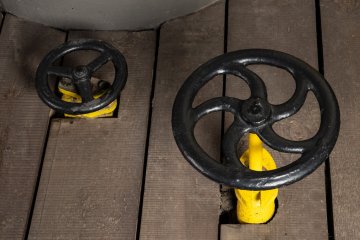

Ammonia scrubber
Next to gas, the heated coal releases also other, less valuable substances. Ammonia is one such particularly unpleasant and corrosive substance.
Not only does it have an exceedingly unpleasant odour, it also corrodes gas network pipes. Fortunately, it is possible to remove ammonia from gas by sending it to a special scrubber, where it is covered with water. The ammonia scrubber in Paczków is 5 metres high. It is known as a tower scrubber due to its design. Inside there are several screens made from metal sheet covered with wood chips or coke. Liquid is sprayed in the top section of the scrubber. In the course of the purification process, the gas rises to the top, with the liquid travelling to the bottom, taking the corrosive ammonia with it.
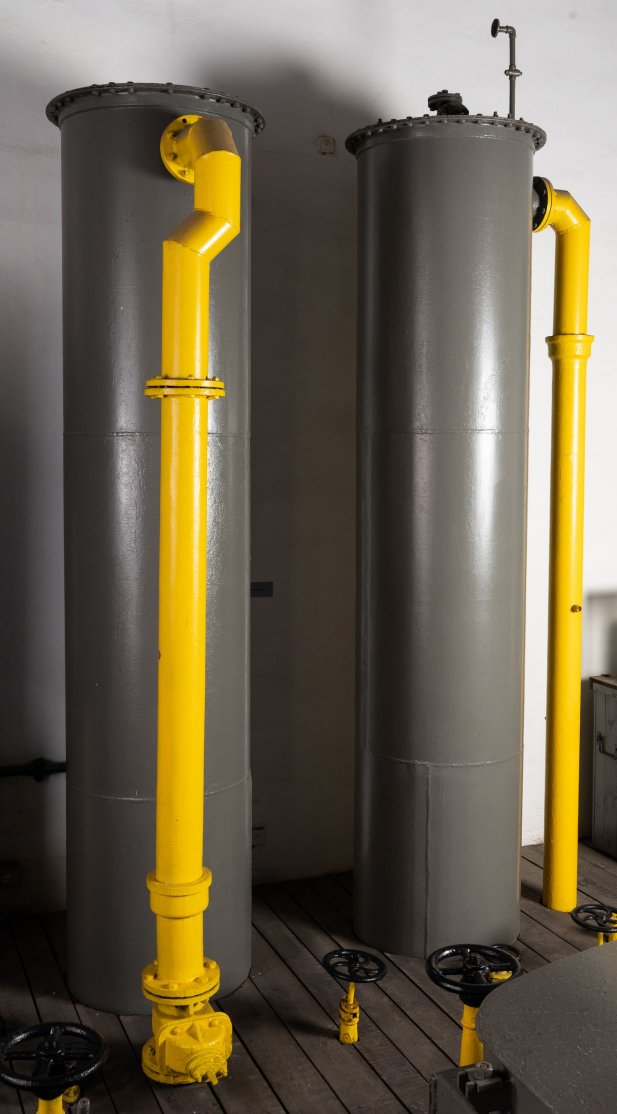
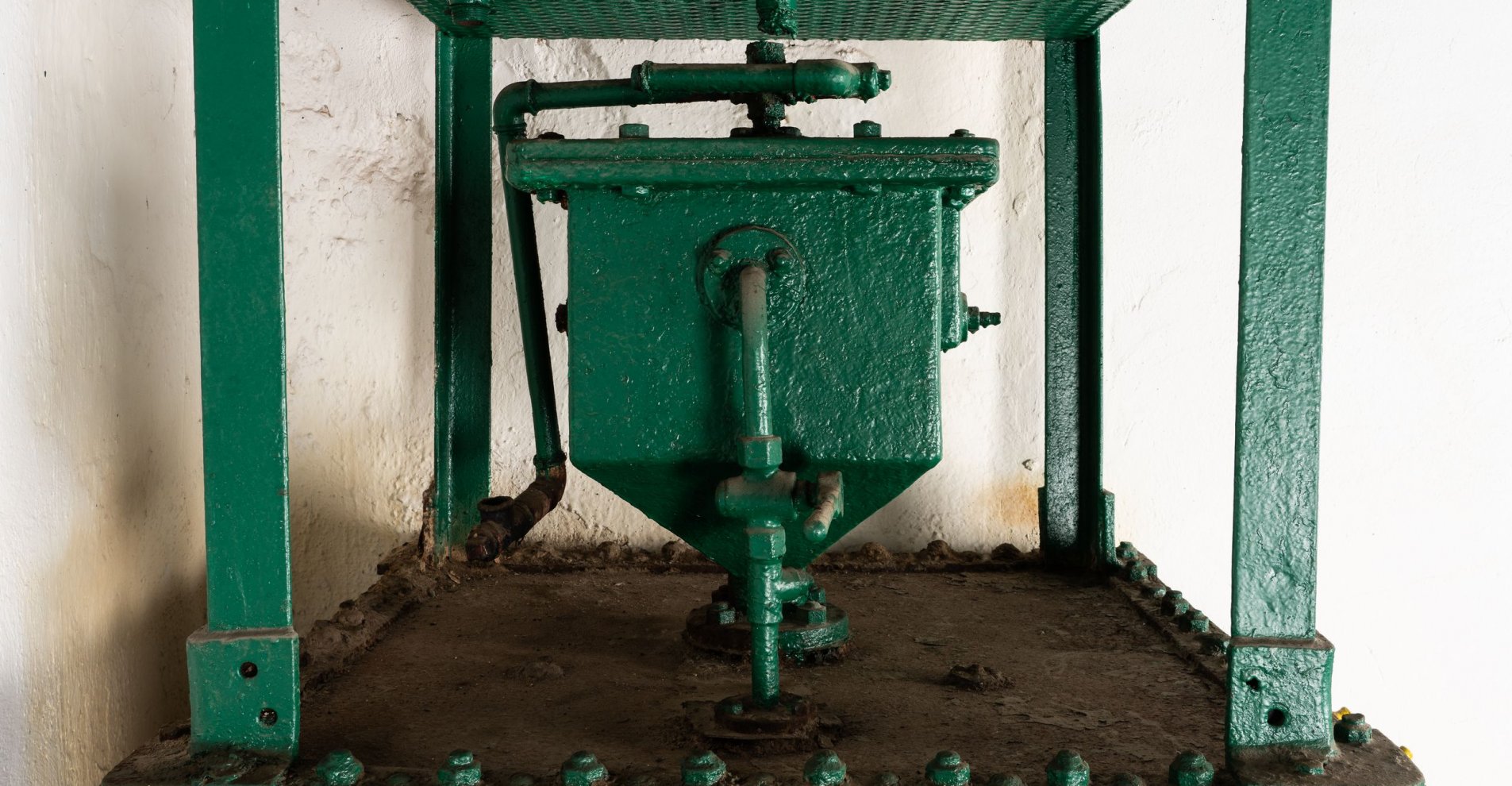
Naphthalene scrubber
Substances which are released from coal together with gas have extraordinary properties. For example, naphthalene can transform into crystals that clog the gas pipes and additionally create a lot of smoke! To purify the gas, it is necessary to coat it with a special substance. When gas travelled through the scrubber – a metal tower, the anthracite oil removed naphthalene from the gas.
Tar separator
The coal releases its gaseous soul gradually.
When the gas is still hot, it is pre-cleaned in the collector. However, it still carries such great quantities of contaminants that if an obstacle was placed in its path, it would be quickly covered with a black and sticky substance – tar. This is how a tar separator operates. Gas flows through its grate, cleaning itself of tar.
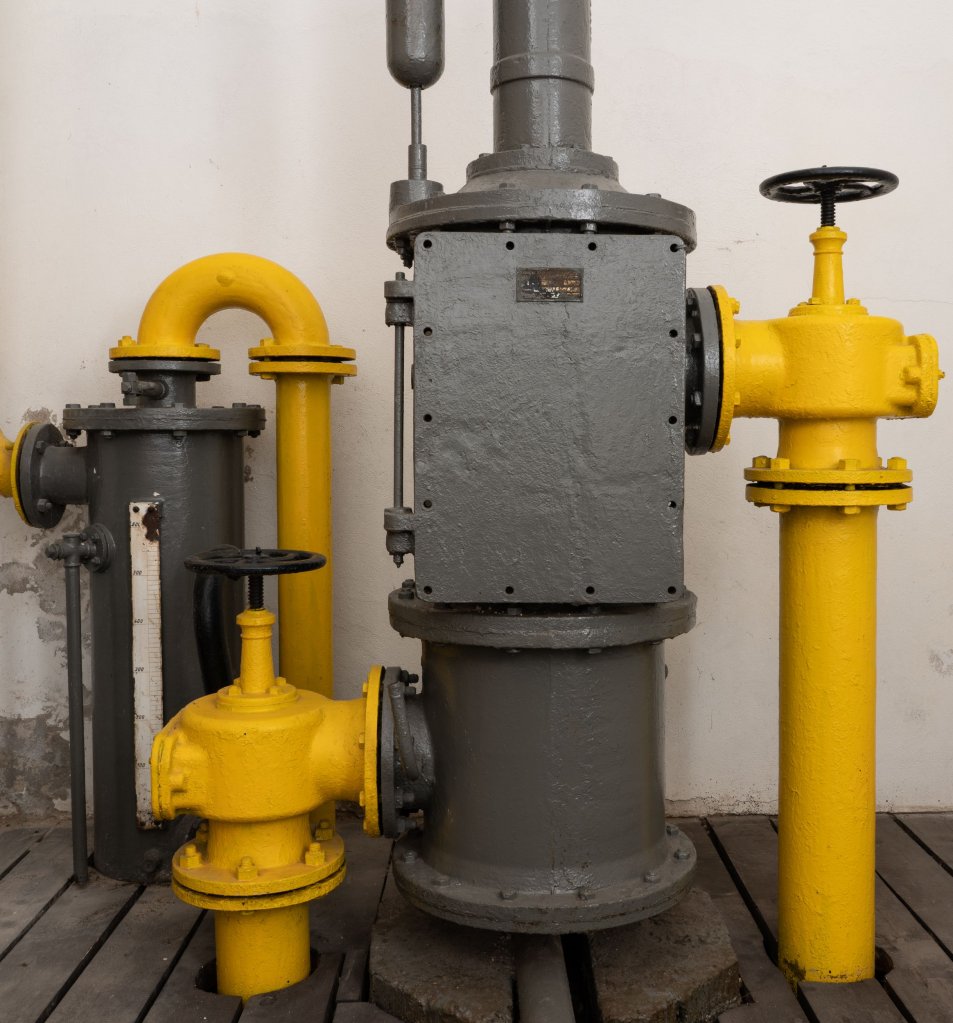
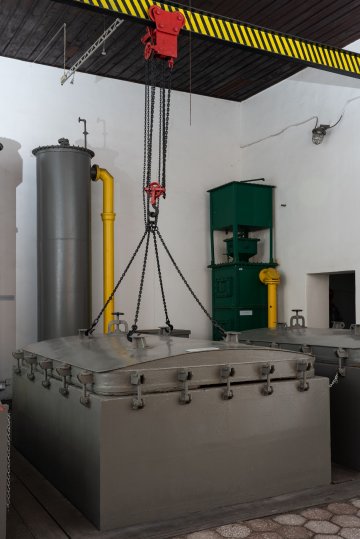

Sulphur removal tanks
These tanks trap the “dark side of gas”.
The gas locked in coal is a reminder of the deep forests that covered the Earth millions of years ago. Apart from the valuable gas, other substances are also generated as a result of the decomposition process. Some of them are very dangerous, and their unpleasant odour is often a warning. One of the most hazardous generated substances is hydrogen sulphide. Sulphur removal tanks are used to trap it.
They use iron as bait. Wooden grates carry bog ore which binds hydrogen sulphide. The gas passes through the iron ore and comes out pure and free of sulphur.
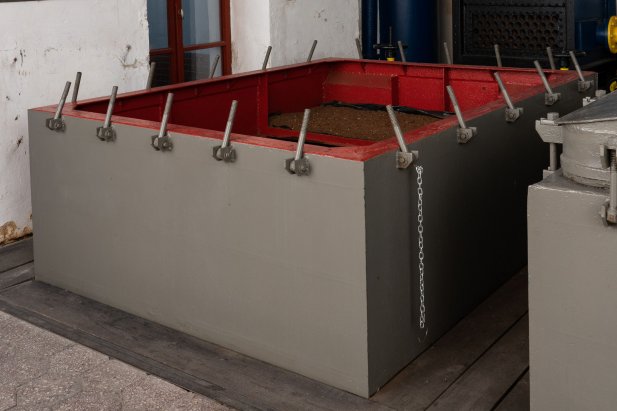
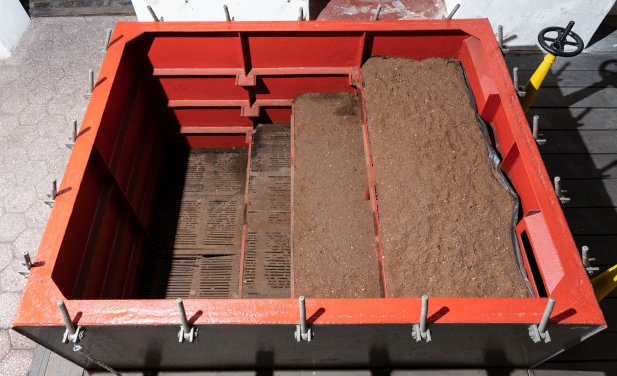
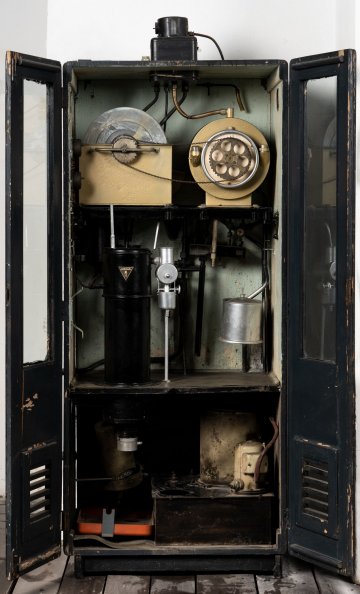

Calorimeter
The clients of gas plants are most interested in how much heat is provided by gas and whether its use is economical. A device patented in 1892 by a German entrepreneur and inventor Hugo Junkers provided answers to both these questions. This device heated the set quantity of water or spirit, allowing the built-in thermometer to provide accurate and comparable readings defining the calorific value of gas.
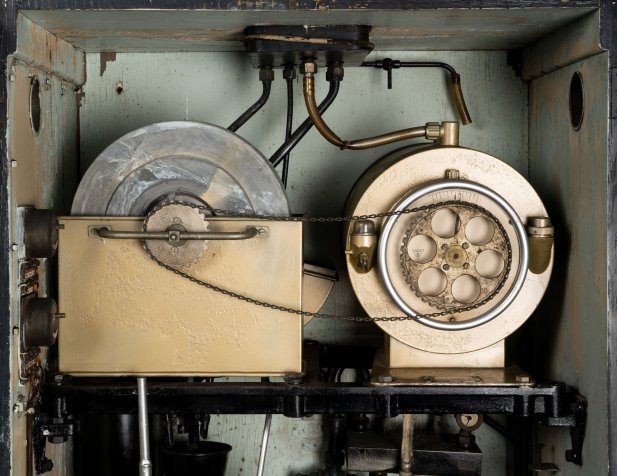
Rotary gas meter
During the process of gas generation, knowing how much gas has already been produced is vital.
This requires the use of a complex device, in which rotors shaped like the figure of eight rotate while connected with gear wheels. This device is actually a gas meter. The gas meters found in our homes have a similar design to those used in the gasworks.
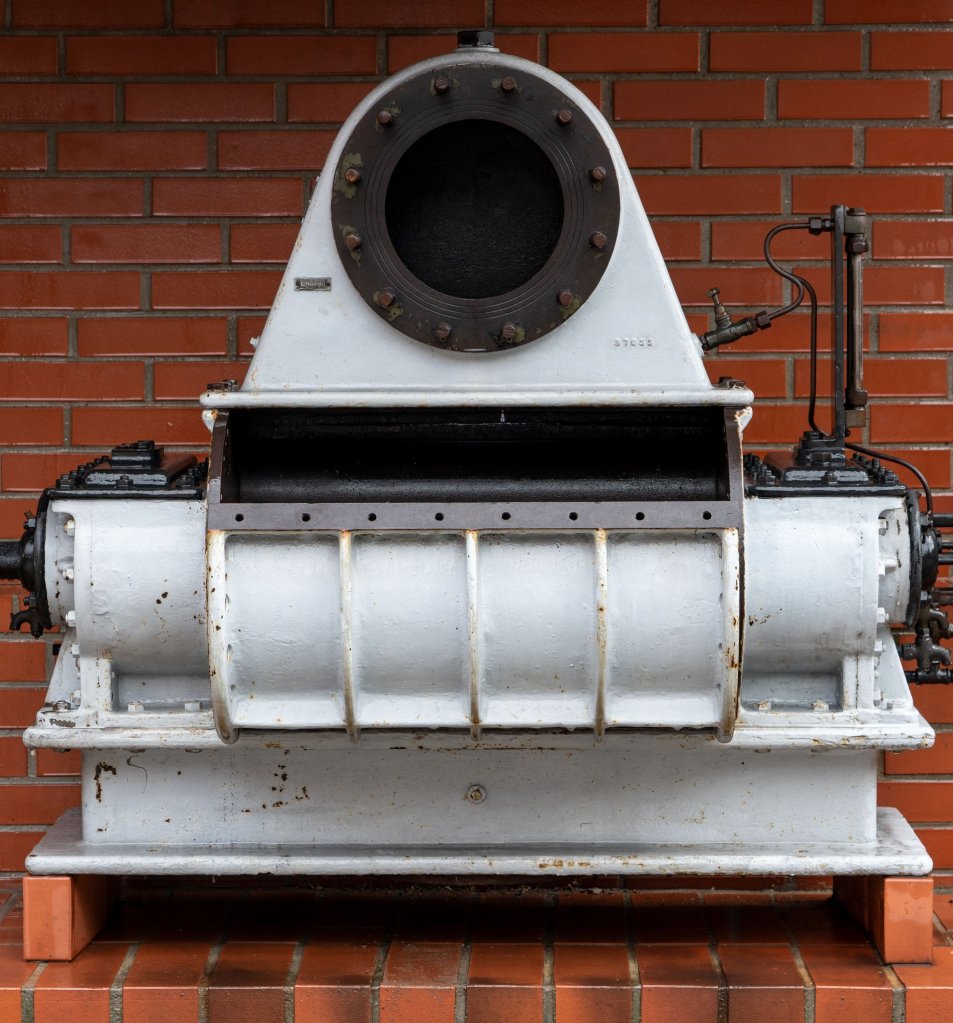
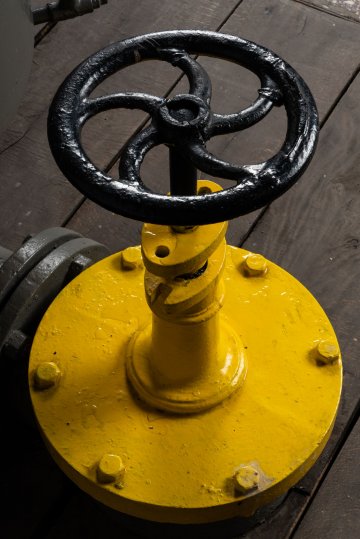

Gas pressure regulator
The gasworks and the gas network are interconnected like a living organism. Depending on the actual demand, the gas pressure within the network changes during the day. The pressure of the gas entering the gas holder must be suitably adjusted. The manual pressure regulator is used for this very purpose – a bell submerged in water, which can be lowered or raised to increase or decrease the pressure of the gas supplied to the tank.
Gate valve
How do you close something you cannot see? The gas inlet and outlet from the gas holder is regulated with a special device – a gate valve. Depending on the size and type of the gas holder, its size and method of operation can vary; however, the gate valve is always a key element which ensures the safety of the stored gas.
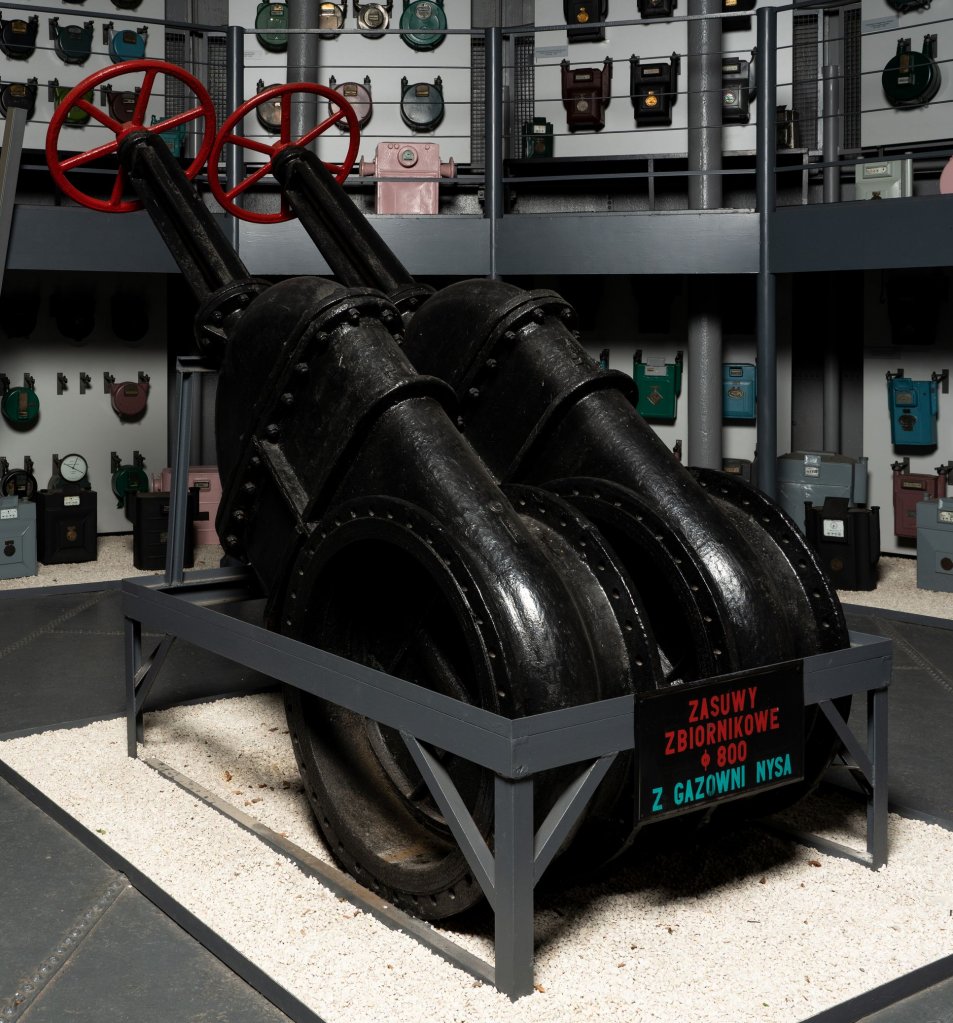
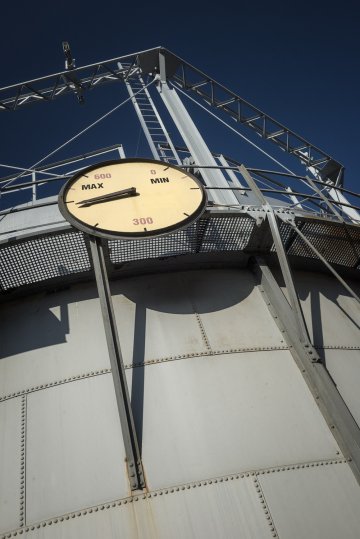

Gas holder
The storage of gas is aided by the power of the elements – water and air.
The generated gas has to be suitably stored so that it can be used. The builders of gasworks were faced with a considerable problem: how to store something that cannot be seen and poses a risk of explosion? Taking the above into account, they filled a large tank with water and covered it with a large bell. The gas inlet was installed at the base of the tank. When gas entered the tank, the bell rose up, and on releasing the gas into the gas network, the bell again submerged into the water.
This wet gas holder was such an excellent storage facility that Paczków Gasworks used it for almost 100 years!
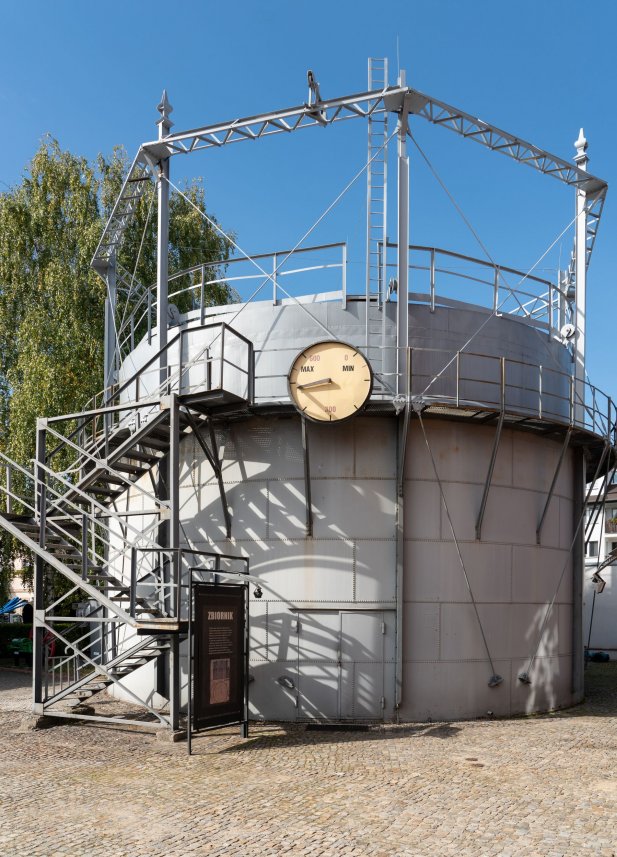

Gas dehydrator
The gas inside the gas network is a mixture of elements. Although it was created for combustion, it was purified with water and was stored in a gas holder also filled with water. On its entry to the gas network, it carried a lot of moisture, so that is why gas pipework was laid with a drop. This allowed the condensed water to flow into the gas dehydrators – tanks from which it could be safely pumped out.
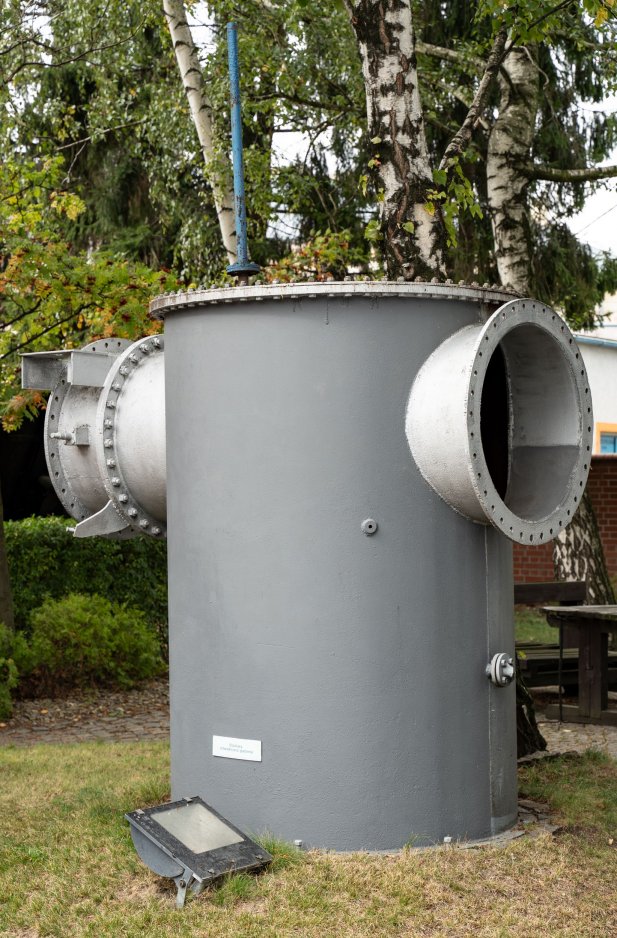
See other virtual exhibitions
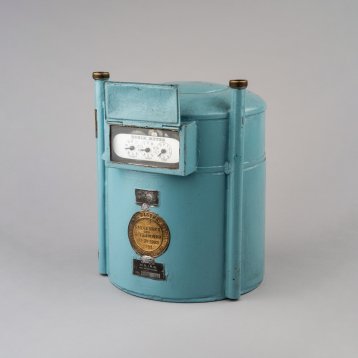
Gas meters within the network
The history of gas meters is not only a story about the methods of calculating the volume of the fuel used but also a process of developing innovative business models. The old gas meters were a fulfilled business prophecy, announcing a new order of economic flows in the form of a user-network relationship, which is so prevalent today.
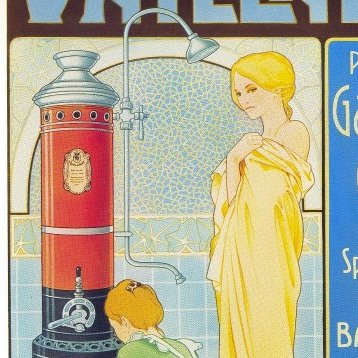
History of gas advertising and promotion
Gas equipment manufacturers were faced with a considerable problem – how to persuade people who were used to cooking on coal and lighting their homes with candles to use appliances powered by a new, previously unknown fuel?

Household gas-powered appliances
These silent companions of our daily lives are also evocative of global civilizational changes. Although today we associate stoves, heaters and refrigerators with electricity, in the 19th century they were powered by … gas. The introduction of these appliances to people’s homes heralded a lifestyle revolution that continues to this day.
